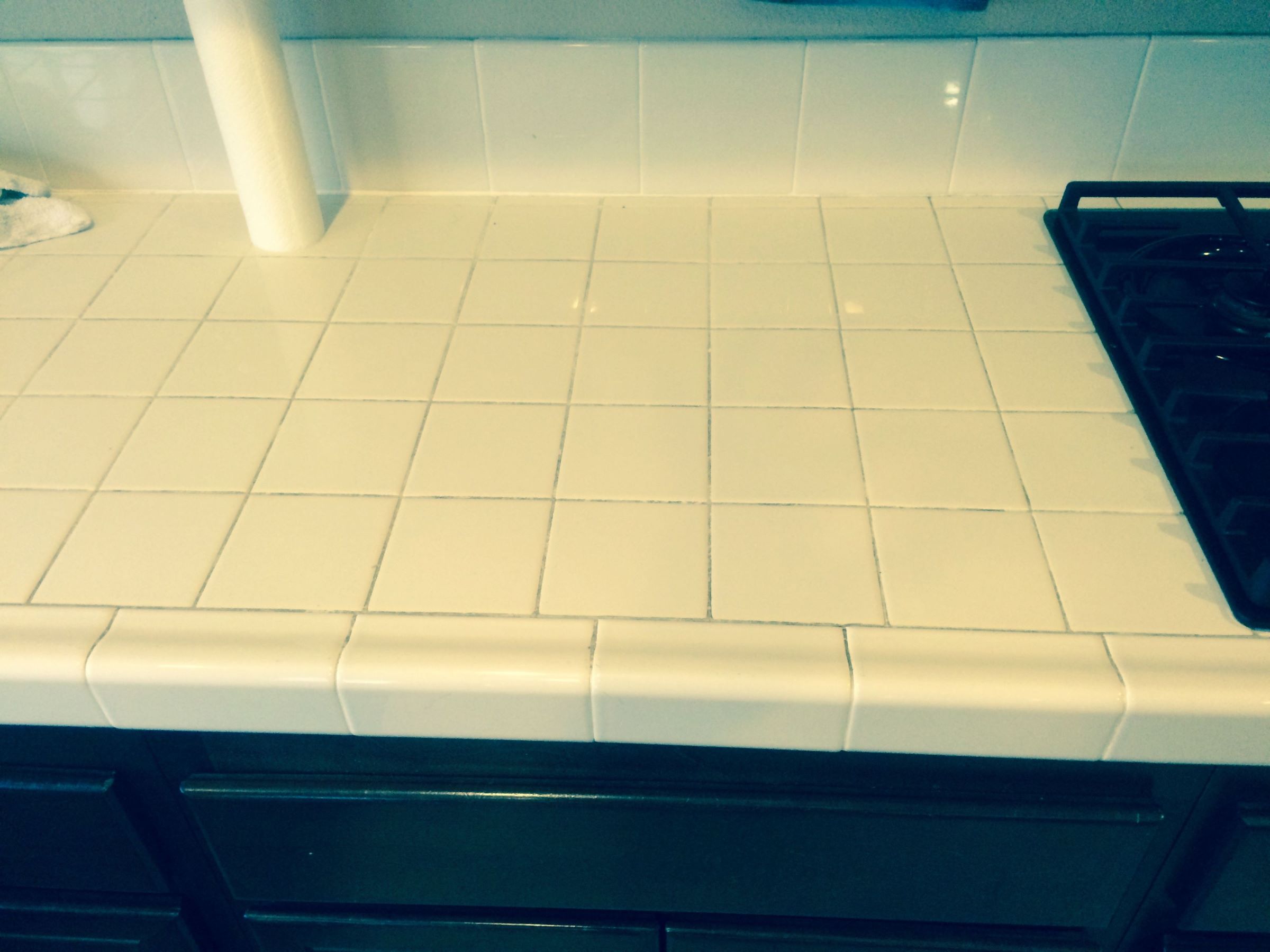

Articles
How To Clean Tile Countertops
Modified: December 7, 2023
Discover effective techniques for cleaning tile countertops in this comprehensive collection of articles. Keep your countertops looking pristine with these helpful tips.
(Many of the links in this article redirect to a specific reviewed product. Your purchase of these products through affiliate links helps to generate commission for Storables.com, at no extra cost. Learn more)
Introduction
Tile countertops are a popular choice for kitchens and bathrooms due to their durability and versatility. However, over time, these countertops can become dirty and stained, diminishing their appearance. Regular cleaning and maintenance can help keep your tile countertops looking fresh and pristine.
In this article, we will guide you through the process of cleaning tile countertops effectively. We will also provide helpful tips on removing stubborn stains and sealing the tiles to keep them protected and looking their best.
Before you begin cleaning your tile countertops, gather the necessary supplies to ensure a thorough and efficient cleaning process.
Key Takeaways:
- Keep your tile countertops looking fresh by using warm water, mild dish soap, and natural solutions like vinegar and lemon juice to effectively clean and remove stubborn stains without damaging the surface.
- Protect your tile countertops by sealing them to prevent water damage and stains. Regular maintenance, such as wiping up spills promptly and avoiding abrasive cleaners, will help maintain their pristine condition for years to come.
Supplies Needed
To clean your tile countertops, you’ll need the following supplies:
- Warm water
- Mild dish soap or a tile cleaner
- Soft-bristle brush or sponge
- Microfiber cloth or paper towels
- White vinegar
- Baking soda
- Lemon juice (optional)
- Protective gloves
Having these supplies ready before you start cleaning will make the process much easier and more efficient. Let’s dive into the step-by-step process of cleaning your tile countertops.
Preparing the Countertop
Before you begin cleaning your tile countertops, it’s important to remove any loose debris or dirt. Start by wiping away any crumbs or loose particles with a dry microfiber cloth or paper towel. This will help prevent scratches while cleaning.
Next, prepare a cleaning solution by mixing warm water with a few drops of mild dish soap or using a tile cleaner according to the manufacturer’s instructions. Avoid using harsh chemicals or abrasive cleaners, as they can damage the tile surface.
Put on protective gloves to protect your hands from any harsh chemicals and ensure your safety throughout the cleaning process.
Now that the countertop is prepped, let’s move on to cleaning the tiles.
Cleaning the Tiles
Start by saturating a soft-bristle brush or sponge in the cleaning solution you prepared earlier. Gently scrub the tiles in a circular motion, paying attention to any stains or grime buildup. Ensure that you cover the entire surface of the tile countertops.
If you come across any stubborn stains or greasy spots, you can use a mixture of equal parts water and white vinegar. Apply this solution directly to the affected area and let it sit for a few minutes to loosen the stain.
For particularly tough stains, you can create a paste using baking soda and a small amount of water. Apply the paste to the stains and scrub gently with the soft-bristle brush. Baking soda is a natural abrasive that can help lift stubborn stains without damaging the tile surface.
Once you have cleaned the tiles thoroughly, rinse the countertops with clean water to remove any residue from the cleaning products. Use a microfiber cloth or paper towel to dry the surface, making sure no water spots are left behind.
Now that your tile countertops are clean and free of stains, you can move on to removing any remaining hard water marks or mineral deposits.
Use a mixture of warm water and mild dish soap to clean tile countertops. Avoid using abrasive cleaners or scrubbing pads that can scratch the surface. Dry the countertops thoroughly to prevent water spots.
Removing Stains
Hard water marks and mineral deposits can leave unsightly stains on your tile countertops. To remove these stains, you can use a mixture of equal parts water and white vinegar.
Soak a clean cloth or sponge in the vinegar solution and apply it directly to the stained areas. Let the solution sit for a few minutes to allow the vinegar’s acidity to break down the mineral deposits.
Gently scrub the stained areas with the cloth or sponge, applying a bit of pressure if needed. Avoid using abrasive materials that could scratch the tile surface.
If the stains are still visible after scrubbing with vinegar, you can try using lemon juice as an alternative. Lemon juice contains natural acids that can help dissolve the stains.
Squeeze fresh lemon juice onto a cloth or sponge and apply it to the stained areas. Allow the lemon juice to sit for a few minutes before gently scrubbing the stains. Rinse the countertops with water and dry them thoroughly to reveal a stain-free surface.
If you have stubborn or persistent stains that are difficult to remove even with vinegar or lemon juice, you may need to consider contacting a professional tile and grout cleaning service for assistance. They have specialized tools and products that can effectively remove stubborn stains without damaging the tiles.
Now that your tile countertops are free from stains, it’s important to protect them to ensure their longevity.
Read more: How To Upgrade Tile Countertops
Sealing the Tiles
Sealing the tiles on your countertop is an essential step in maintaining their appearance and protecting them from stains and water damage. The sealing process creates a protective barrier that prevents liquids from penetrating the porous surface of the tiles.
Before you begin, ensure that the tiles are clean and completely dry. This will allow the sealant to adhere properly and provide optimal protection.
Choose a suitable tile sealant based on the type of tiles you have. There are various sealants available, such as penetrating sealers, topical sealers, and enhancer sealers. Read the manufacturer’s instructions carefully to determine the correct application method for your chosen sealant.
Using a brush or roller, apply the sealant evenly across the surface of the tiles. Follow the specific instructions regarding the drying time and the number of coats needed.
Allow the sealant to dry for the recommended duration before using the countertop. Keep in mind that the sealing process may need to be repeated periodically, depending on the type of sealant and the level of usage your countertops receive.
By sealing the tiles on your countertop, you are adding an extra layer of protection that will keep them looking beautiful for years to come.
Now that your tiles are cleaned, stains are removed, and they are sealed, let’s discuss the importance of regular maintenance to keep your countertops in pristine condition.
Maintaining the Countertops
Maintaining your tile countertops is crucial to preserve their beauty and extend their lifespan. Here are some tips to help you keep your countertops looking pristine:
- Wipe up spills promptly: Accidents happen, but it’s important to clean up any spills as soon as they occur. This will prevent staining and potential damage to the tiles. Use a soft cloth or paper towel to absorb the spill.
- Use coasters and trivets: Place coasters under glasses and trivets under hot pots and pans to protect the tiles from heat and moisture. This will prevent potential damage and maintain the integrity of the sealant.
- Avoid using abrasive cleaners: Harsh abrasives can scratch the surface of the tiles and strip away the sealant. Stick to mild, non-abrasive cleaning solutions and tools to protect the tiles’ finish.
- Regularly clean the countertops: Establish a regular cleaning routine for your tile countertops. Wipe them down with a damp cloth or sponge and mild dish soap on a daily basis to remove any surface dirt or debris.
- Periodically reseal the tiles: Over time, the sealant on your countertops may wear off. It’s important to monitor the condition of the sealant and reapply it as needed. Follow the instructions provided by the manufacturer for the best results.
- Avoid using harsh chemicals: Avoid using harsh chemicals, such as bleach or ammonia-based cleaners, on your tile countertops. These can damage the tiles and the sealant.
By following these maintenance tips, you can keep your tile countertops looking their best and ensure their durability and longevity.
Conclusion
Tile countertops are a beautiful and durable choice for kitchens and bathrooms, but they require proper cleaning and maintenance to keep them looking their best. By following the steps outlined in this article, you can effectively clean your tile countertops and remove any stains or grime buildup.
Remember to gather the necessary supplies, prepare the countertop by removing loose debris, and clean the tiles using a mild cleaning solution. For stubborn stains, utilize vinegar or lemon juice to lift the marks. Sealing the tiles will provide an additional layer of protection, and regular maintenance, such as wiping up spills promptly and avoiding abrasive cleaners, will help maintain the countertops’ pristine condition.
By implementing these cleaning and maintenance practices, you can enjoy the beauty and longevity of your tile countertops for years to come. So, roll up your sleeves, gather your supplies, and give your tile countertops the care they deserve!
Frequently Asked Questions about How To Clean Tile Countertops
Was this page helpful?
At Storables.com, we guarantee accurate and reliable information. Our content, validated by Expert Board Contributors, is crafted following stringent Editorial Policies. We're committed to providing you with well-researched, expert-backed insights for all your informational needs.
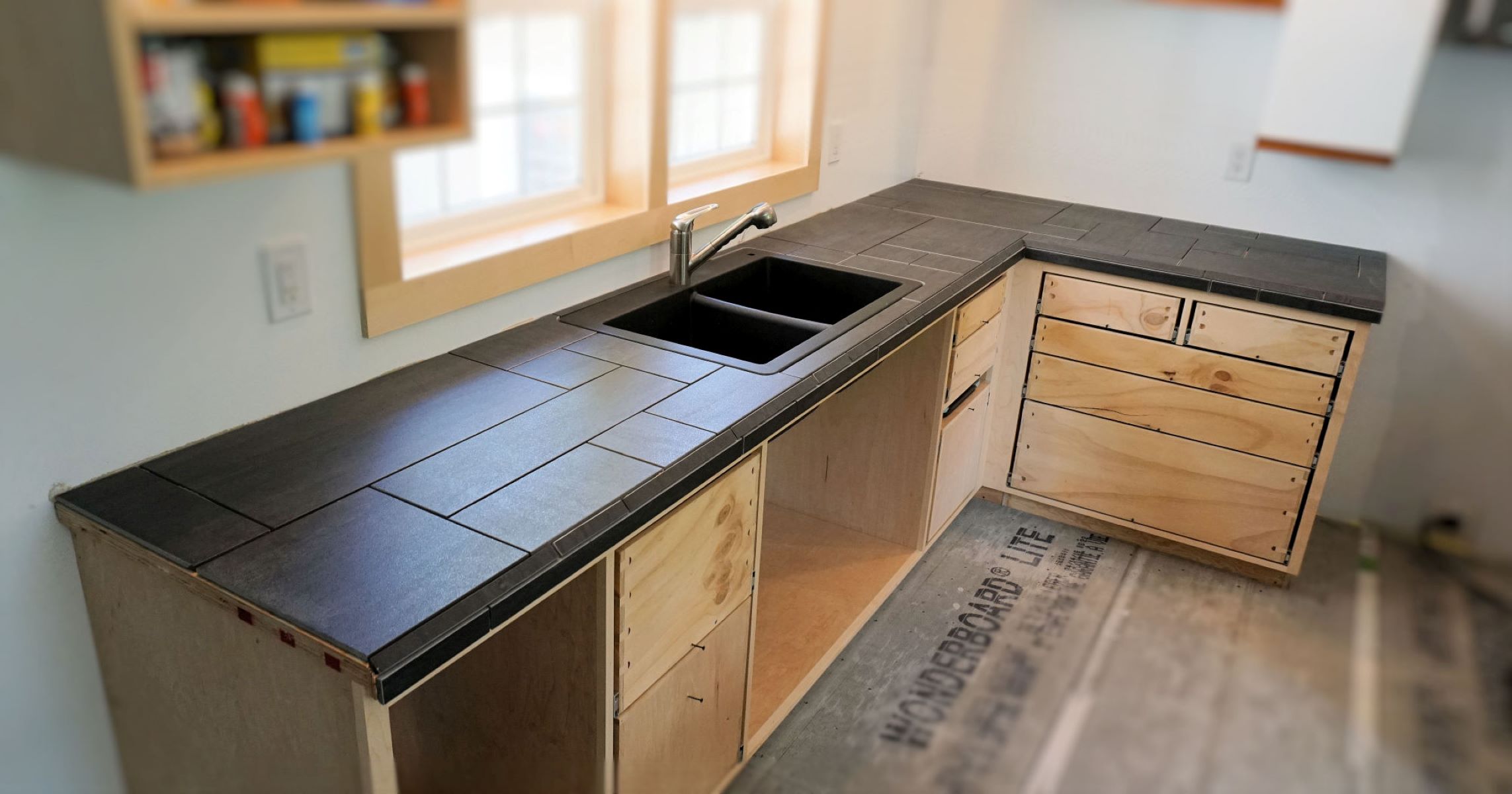
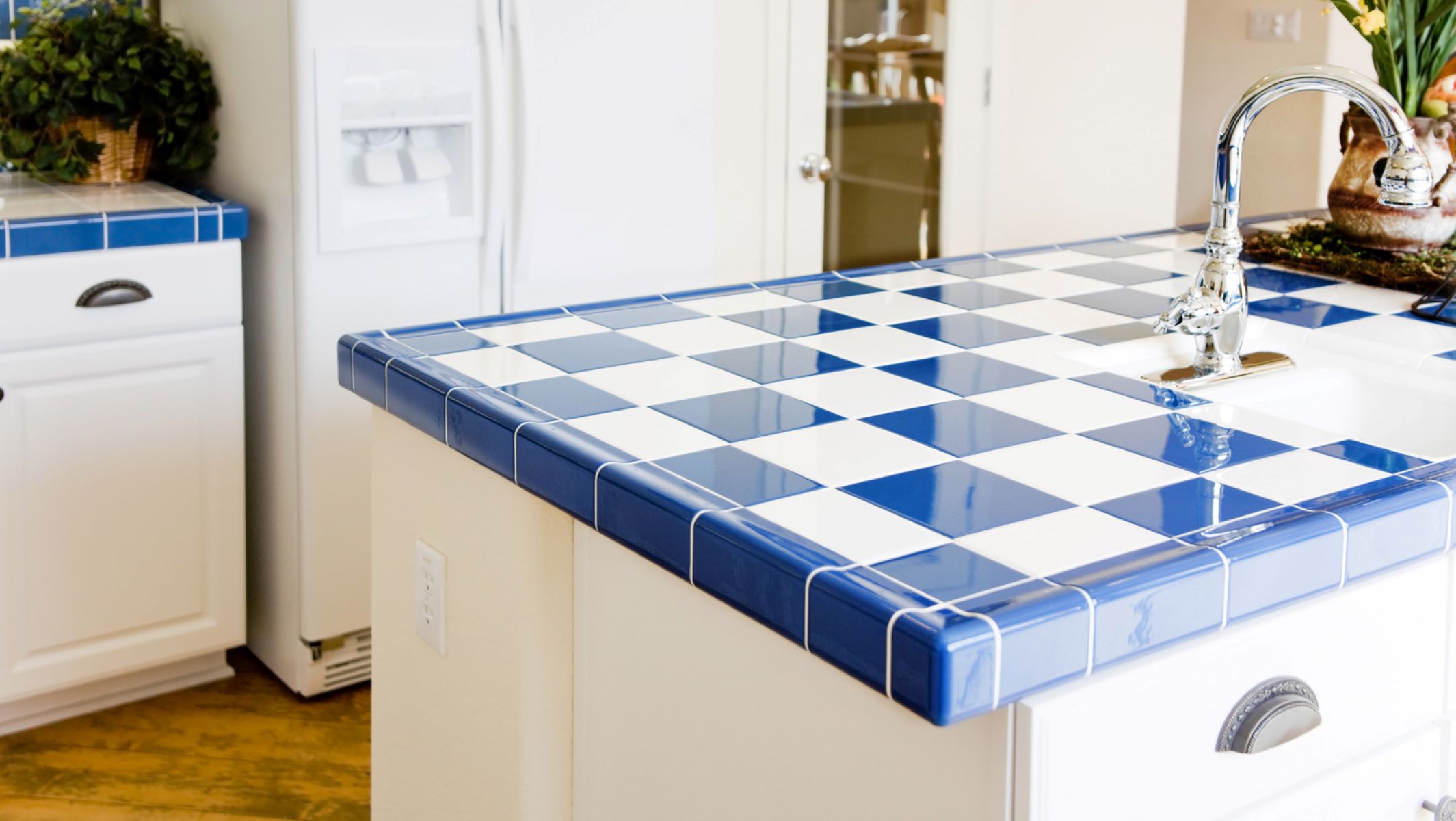
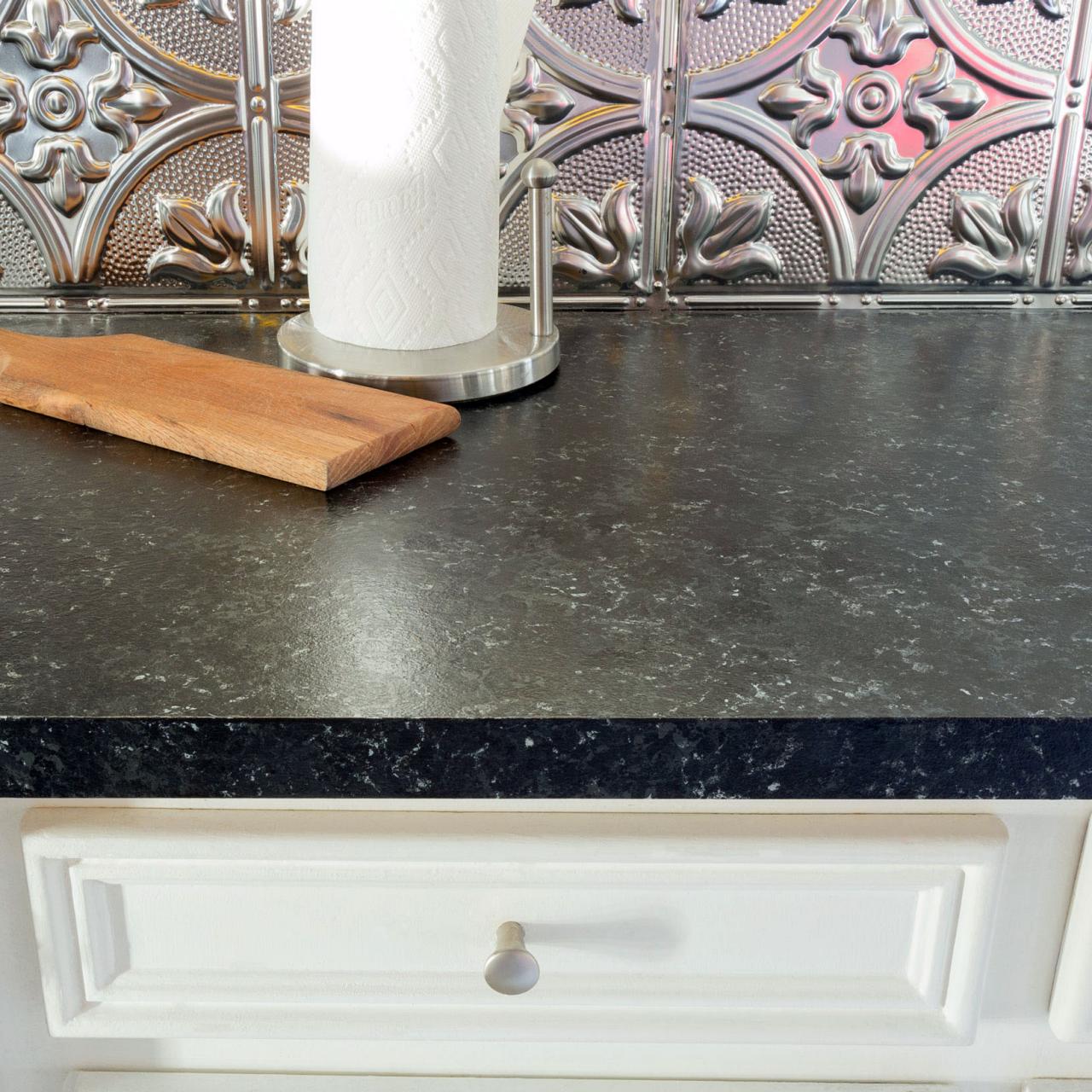
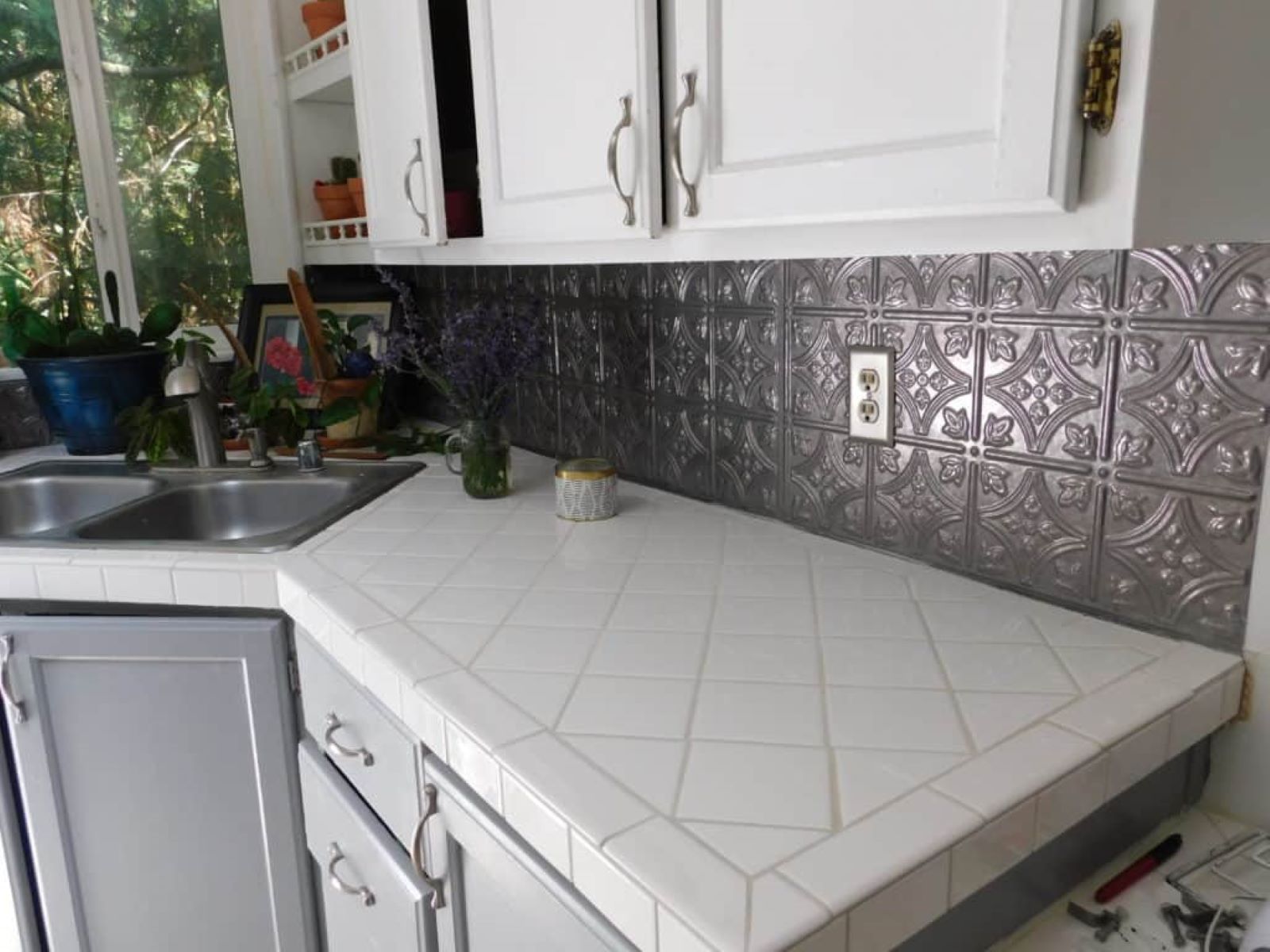
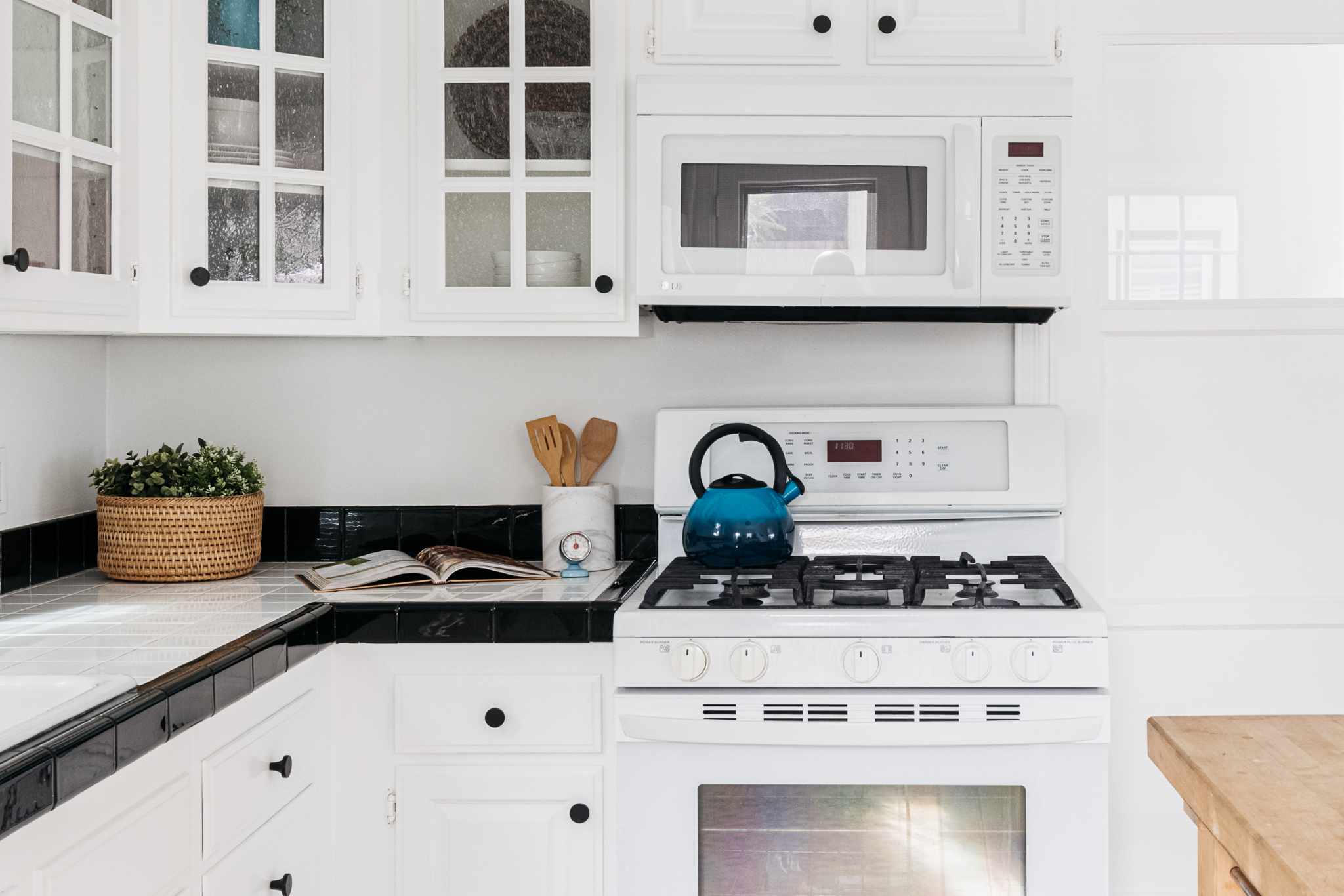
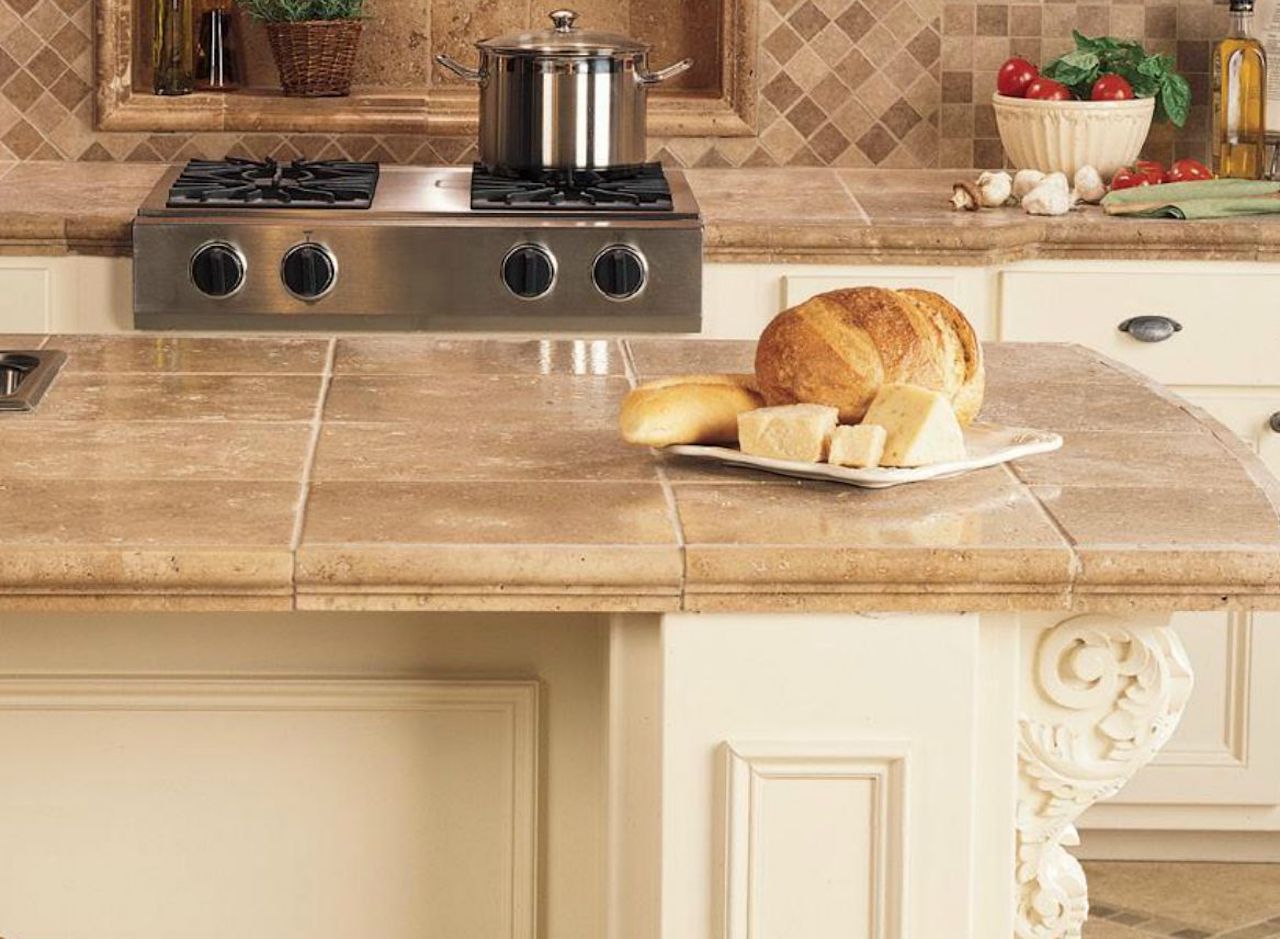
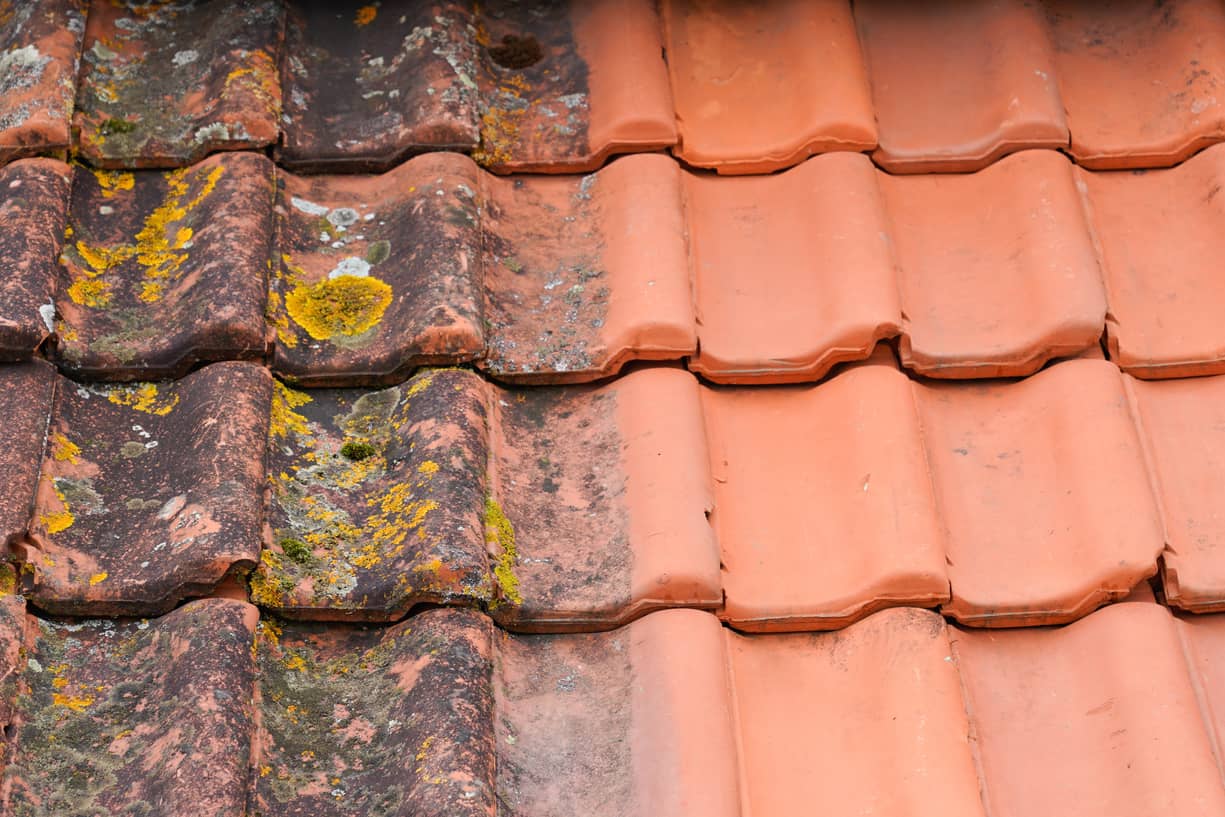
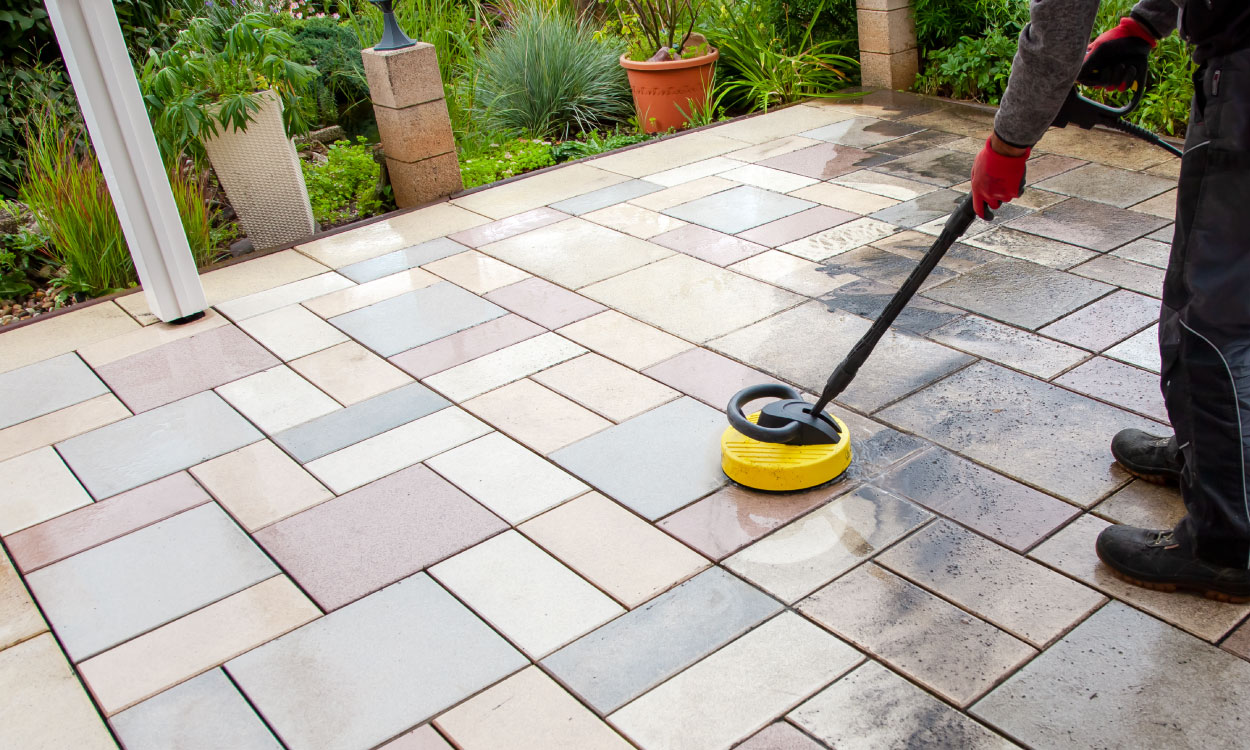
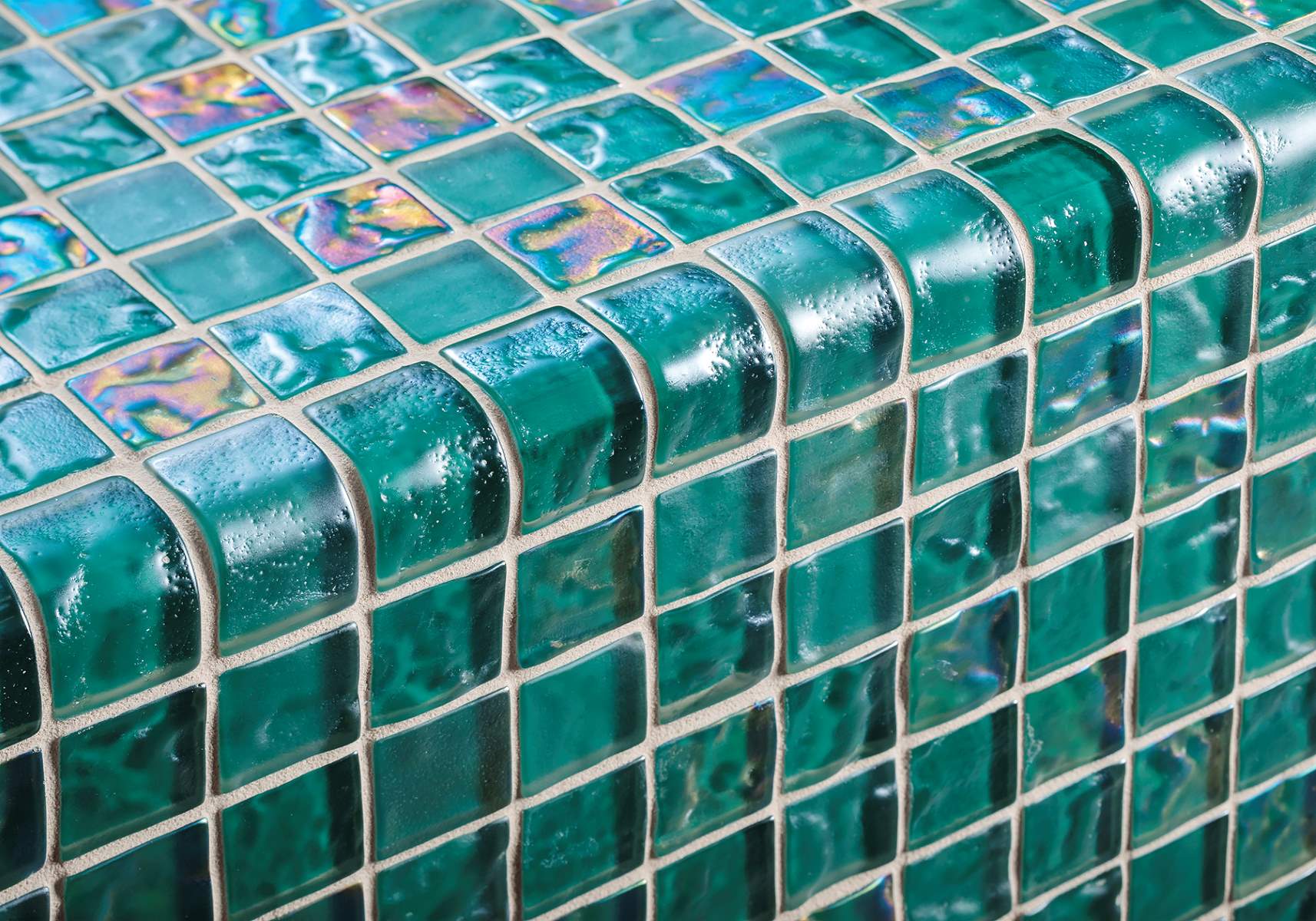
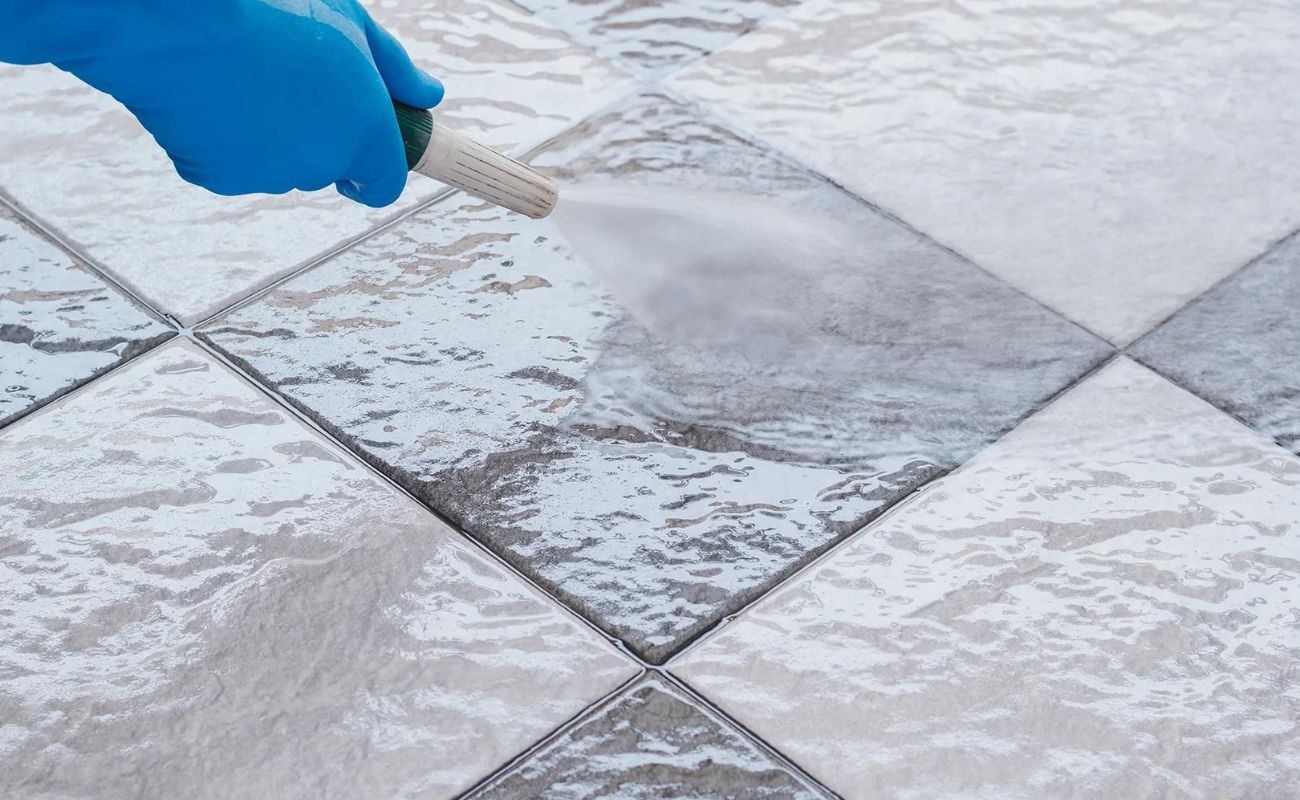
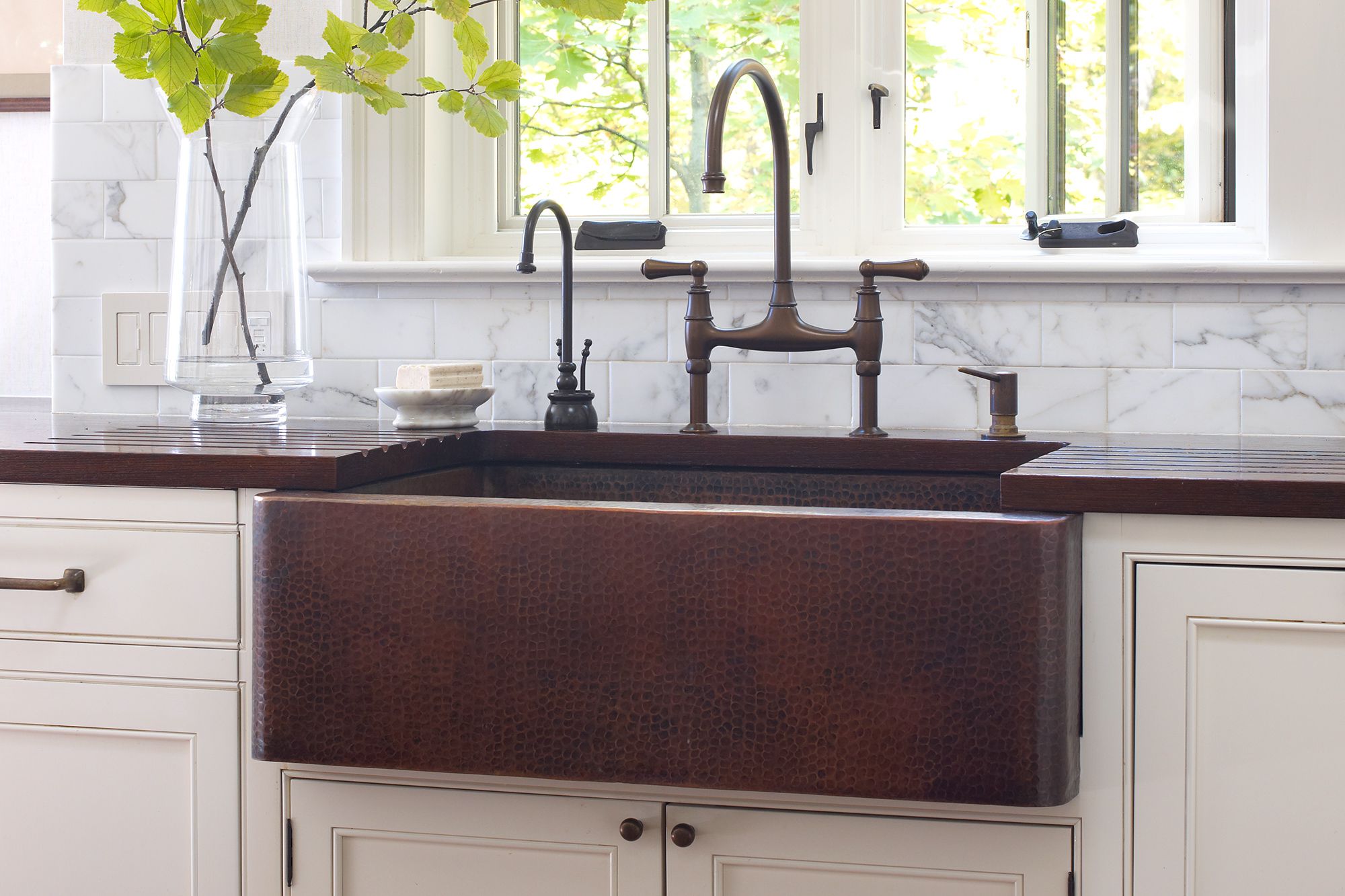
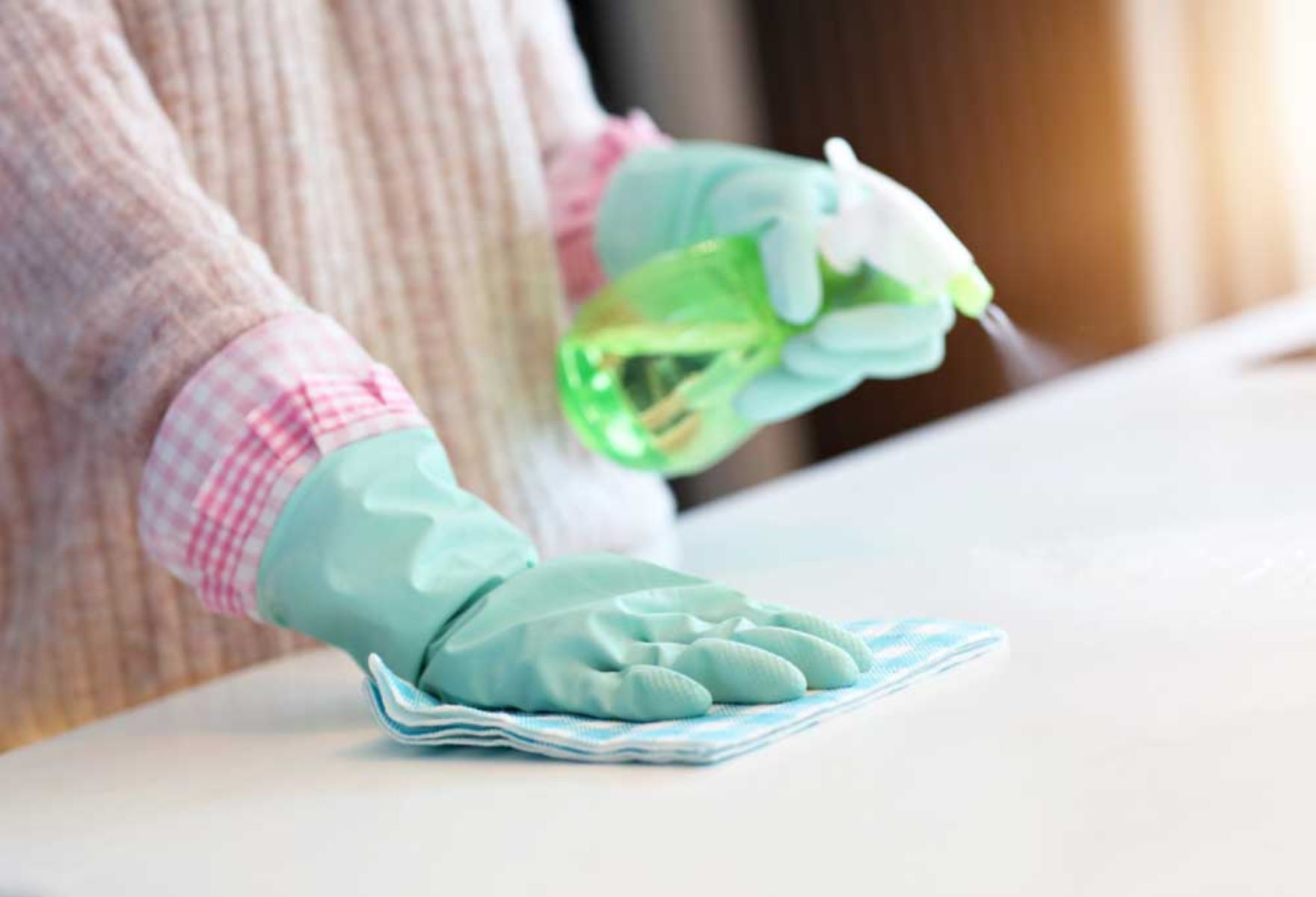
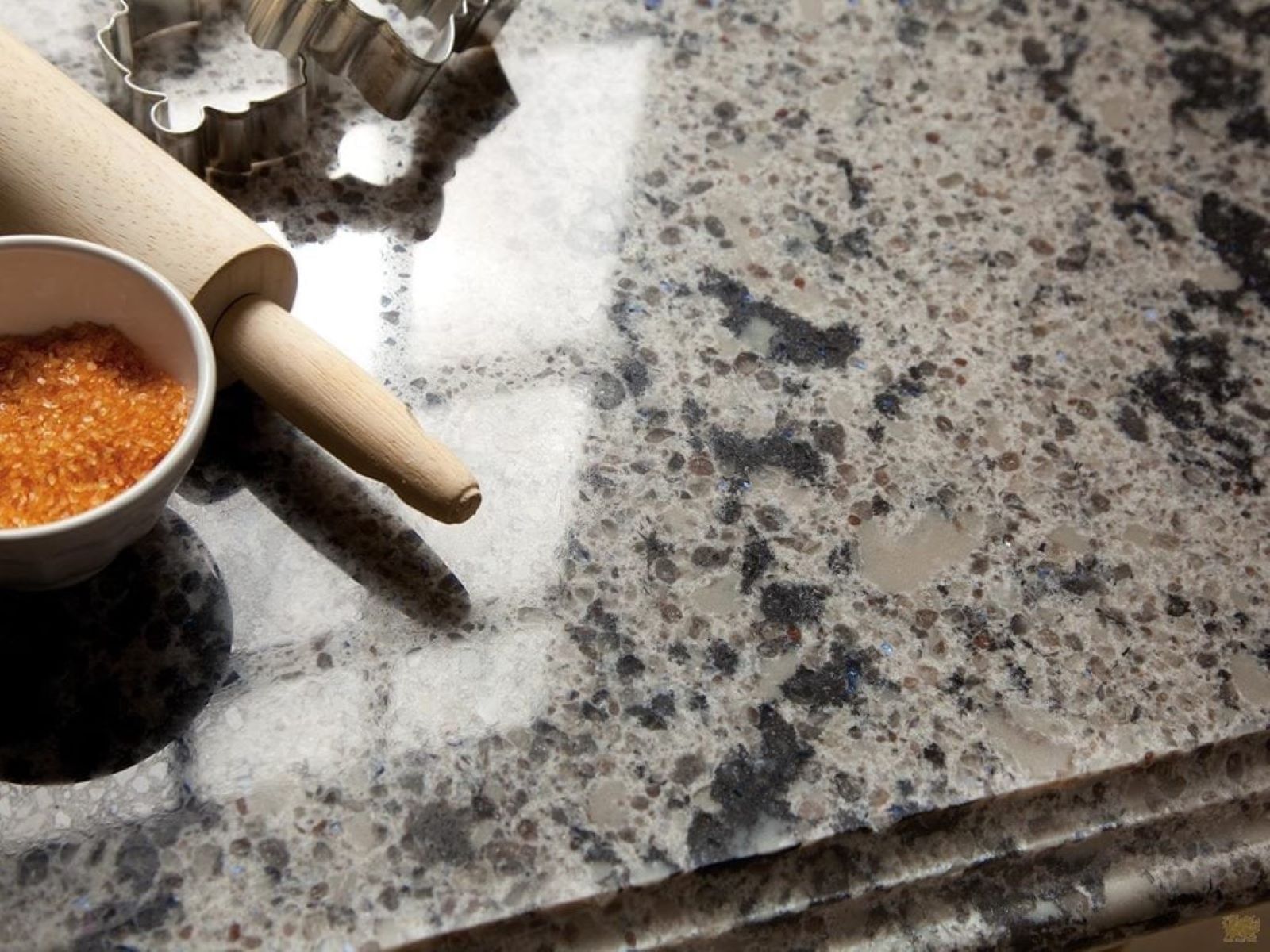
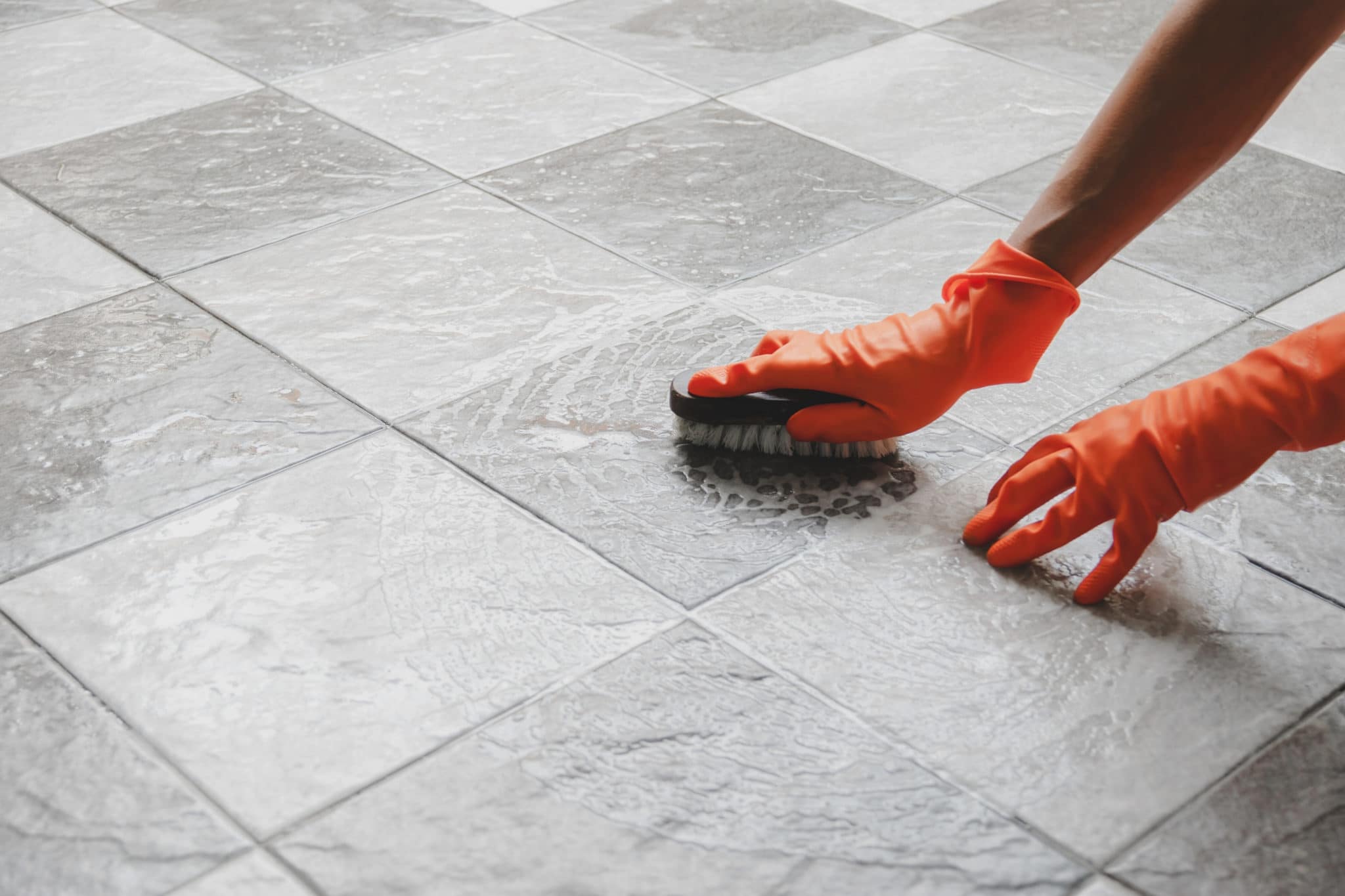

0 thoughts on “How To Clean Tile Countertops”